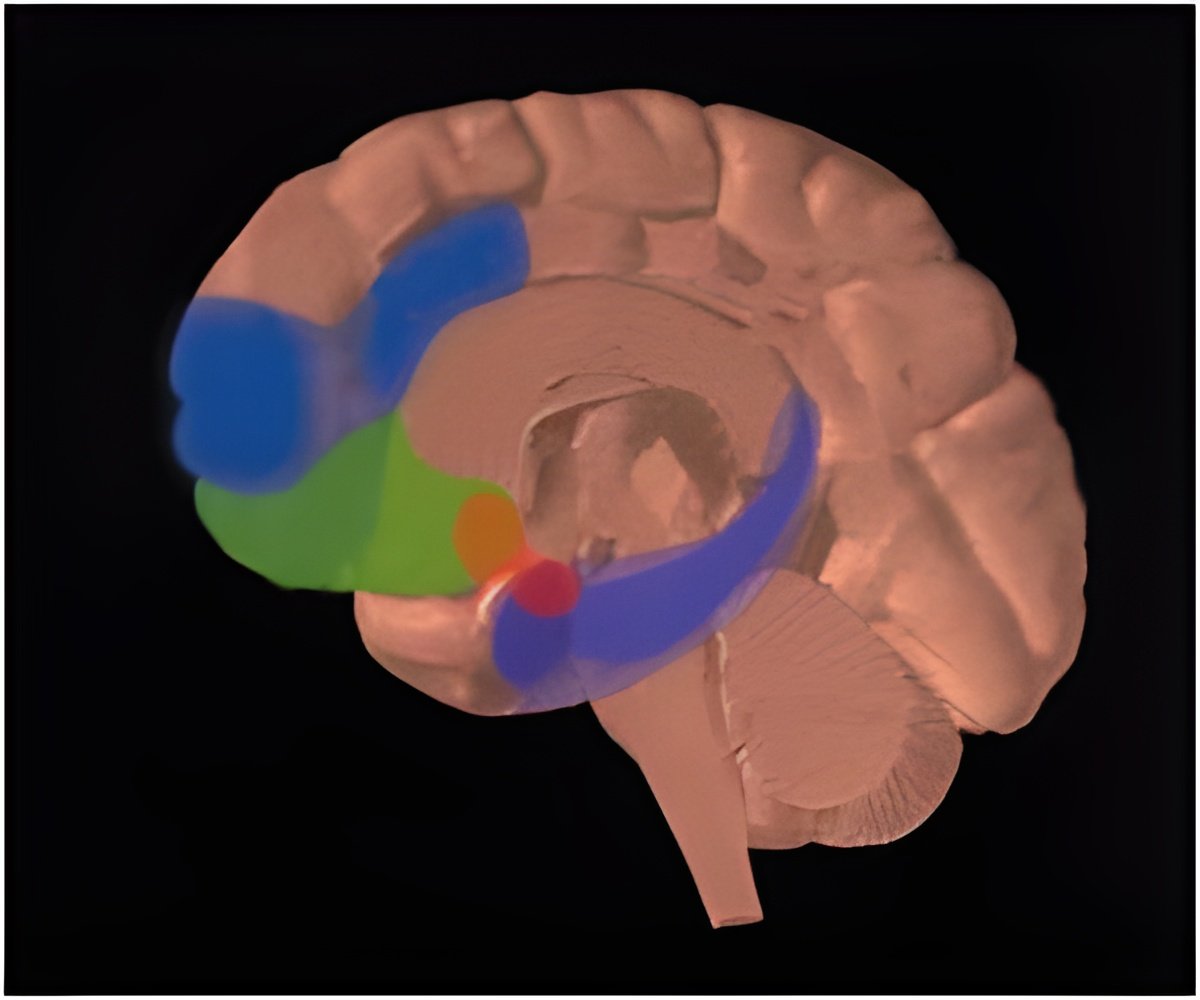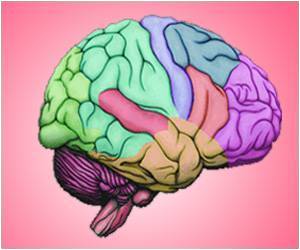For the first time, University in Britain researchers have demonstrated a difference in brain structure and function in sufferers for people with misophonia.

‘The brains of people with a condition known as misophonia or hatred of trigger sounds showed a physical difference in the frontal lobe between the cerebral hemispheres.’





"For many people with misophonia, for the first time we have demonstrated a difference in brain structure and function in sufferers," said Sukhbinder Kumar at Newcastle University in Britain. Further, the study, published in the journal Current Biology, also showed abnormal connections between this frontal-lobe area and an area called the anterior insular cortex (AIC) -- known to be involved in processing emotions and integrating signals both from the body and outside world.
In misophonic participants, the trigger sounds increased activity in both brain areas, while in normal participants, the increase was seen only in the AIC, not in the frontal area.
This reflects an abnormality of a control mechanism between the frontal lobe and AIC, the researchers said.
"We now have evidence to establish the basis for the disorder through the differences in brain control mechanism in misophonia. This will suggest therapeutic manipulations and encourage a search for similar mechanisms in other conditions associated with abnormal emotional reactions," added Tim Griffiths, professor at Newcastle University.
Advertisement
Source-IANS















